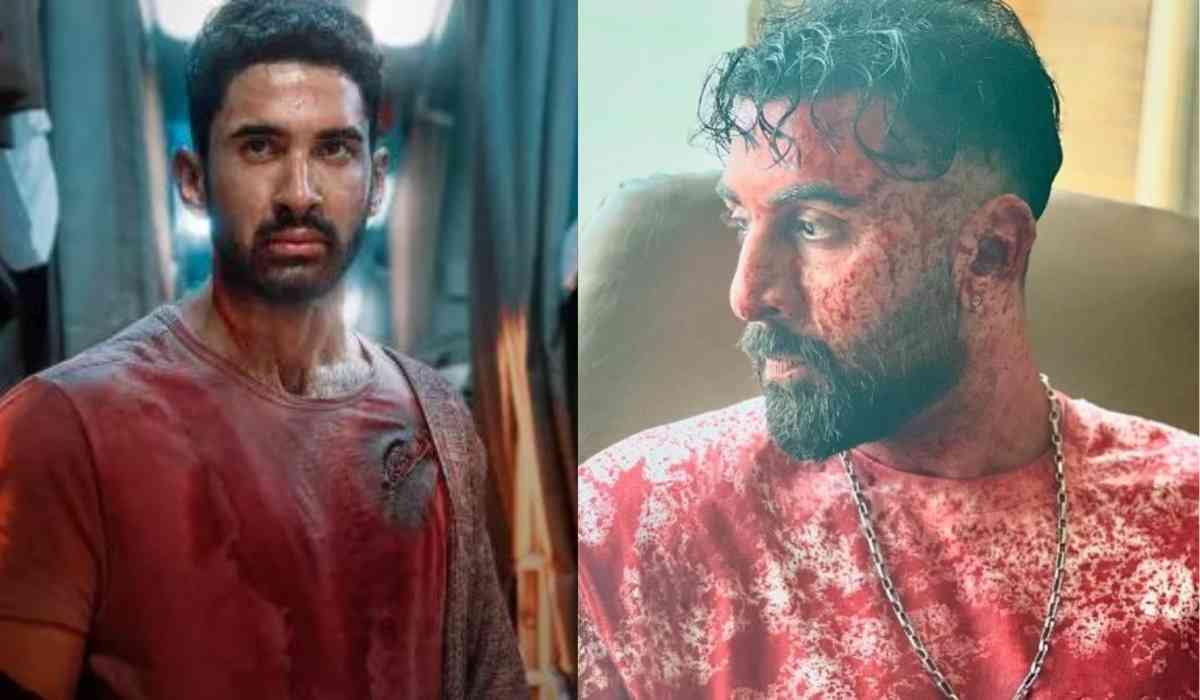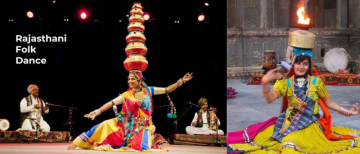Over the years, Hindi cinema has undergone a significant transformation in how it portrays violence and gore on screen. Gone are the days when actors exaggerated fight sequences with loud noises and artificial, bright-red blood. Today, the inclusion of more realistic content has revolutionized the depiction of violence in movies and web series, marking a stark departure from the past.
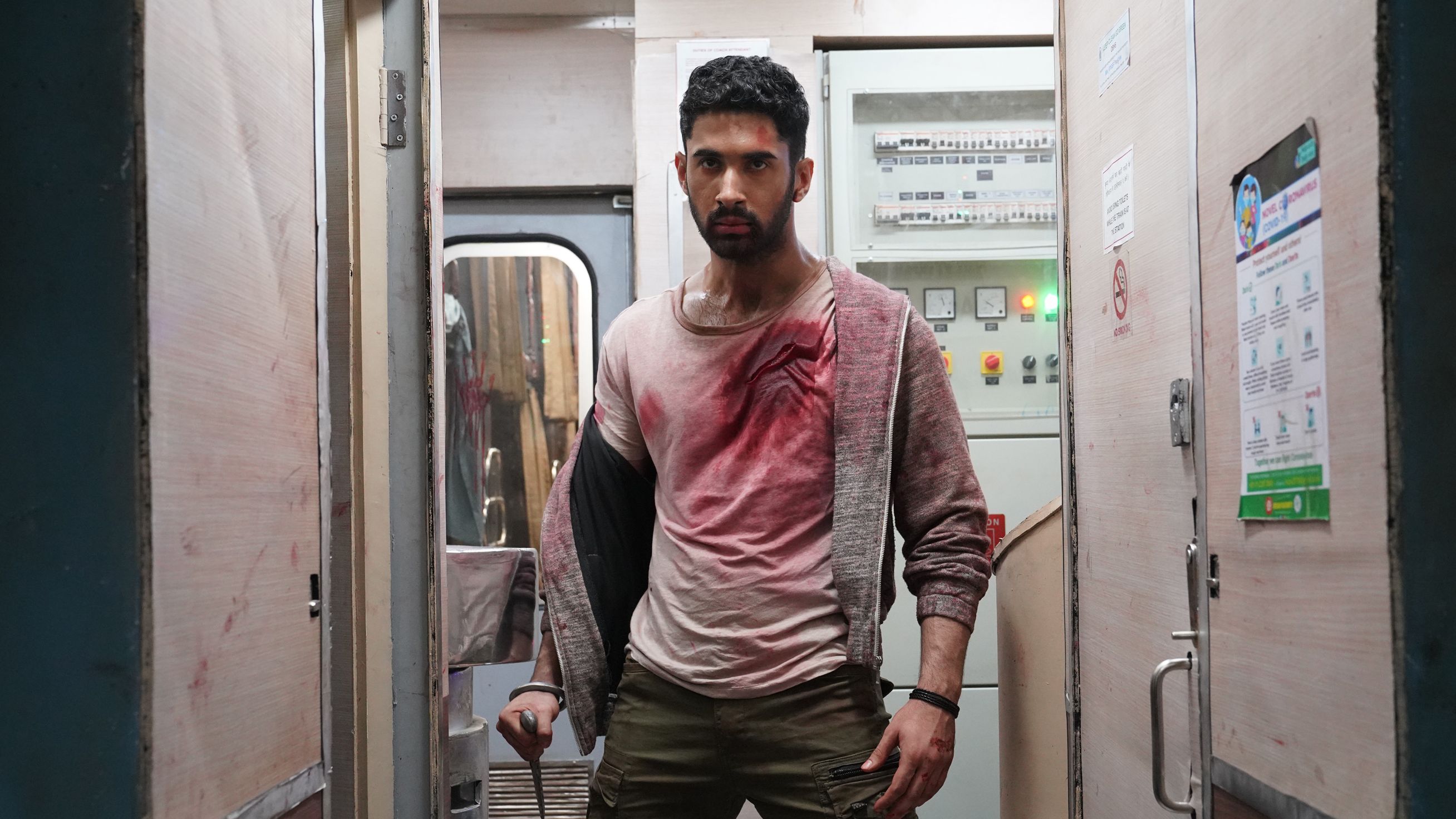
The Changing Role of the Censor Board
Historically, the Indian Censor Board, officially known as the Central Board of Film Certification (CBFC), has had a complex relationship with filmmakers and audiences. Traditionally, the CBFC made decisions about what was suitable for Indian viewers, often erring on the side of caution. However, recent trends indicate a shift towards a more liberal approach.
The release of Karan Johar’s action film "Kill" without any cuts exemplifies this new direction. The audience's praise for its violent action scenes highlights a growing acceptance and even expectation of gore in Indian cinema. This change in attitude is significant. The CBFC's primary role is to certify films, not to censor them excessively. By trusting the audience's intelligence to decide what to watch, the CBFC is evolving from a gatekeeper to a guide, marking a positive change in its operations.
![]()
The success of recent films and series like "Animal," "Mirzapur 3," "KGF," "Pushpa: The Rise," "Vikram," and "Bheeshma Parvam" underscores the notion that action and violence are key ingredients for box office success. Even in today’s sensitive climate, where jokes about religion, gender, or race can provoke outrage, the CBFC is realizing that no amount of scene-cutting can guarantee a non-offensive film. The board's recent actions suggest a shift towards more freedom for filmmakers, allowing them to explore the darker aspects of storytelling.
The Youth’s Fascination with Gore
The increasing prevalence of violent content in Indian cinema raises questions about why the youth are drawn to such material. One reason is the exposure to global media through the internet and OTT platforms. Today's young audience is more familiar with themes of sex, abuse, cuss words, and violence than ever before, leading to a higher tolerance for and interest in gory content.
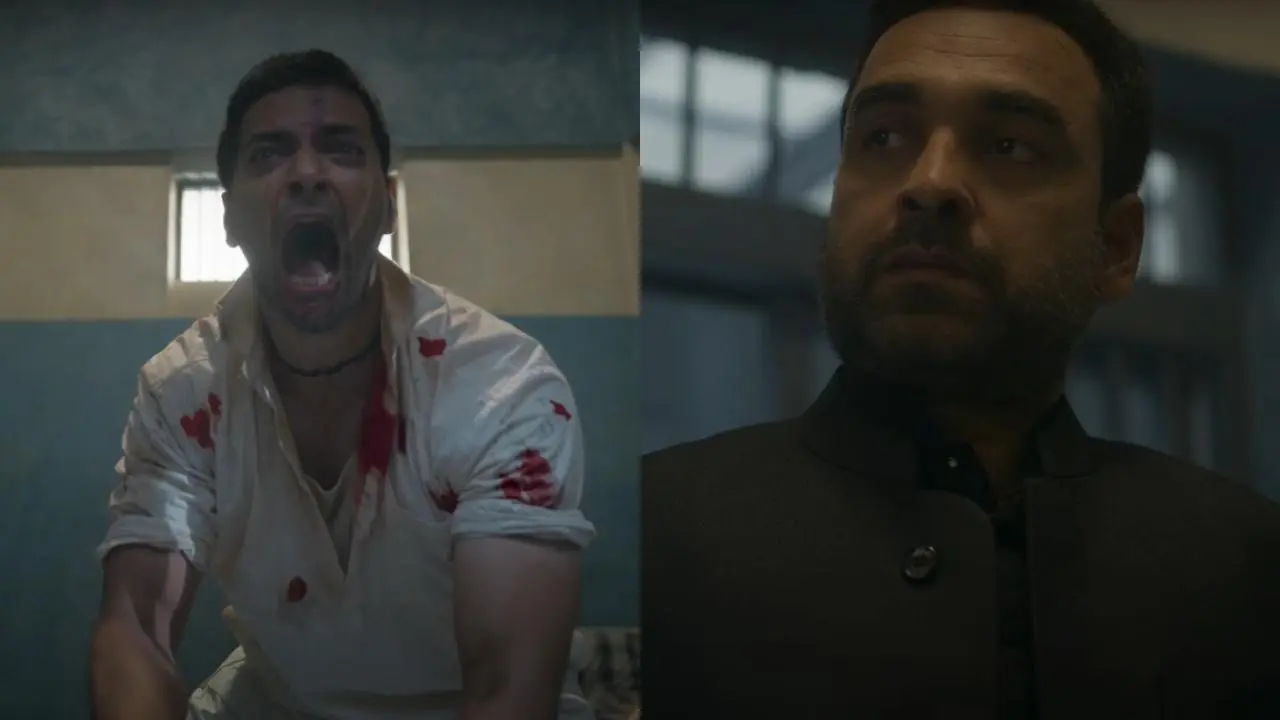
During the COVID-19 lockdown, the popularity of crime thrillers heavy on gore, violence, and expletives soared, encouraging filmmakers to push the boundaries of realism. Shows like "Indian Predator," "Delhi Crime 2," and "Dahan," along with films like "Cuttputlli," featured extremely disturbing scenes, reflecting a shift in audience preferences.
Psychologists suggest that horror and gore films are designed to provoke intense emotions such as fear, tension, and shock. This stimulation releases hormones like cortisol and adrenaline, creating an adrenaline rush similar to riding a roller coaster. For many young viewers, this thrill is a key attraction. However, this exposure can also have negative effects, triggering responses like fear, anxiety, aggression, and even depression.
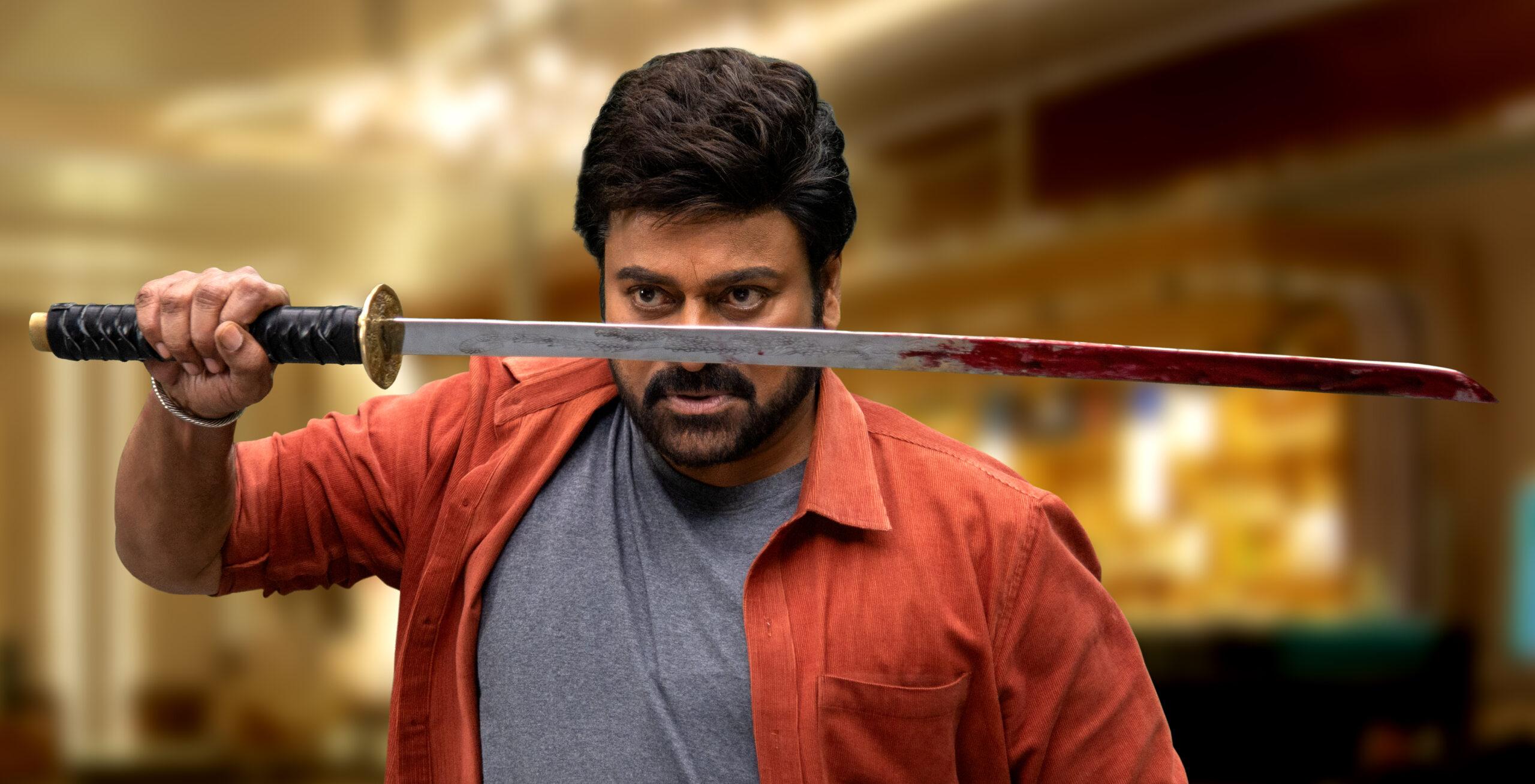
Mental Health: The Hidden Costs
The impact of consuming violent and gory content on mental health is significant and often overlooked. Psychologists explain that watching such content activates the amygdala, a part of the brain that regulates emotions, and releases stress hormones. This can lead to increased heart rate, muscle tension, and difficulty sleeping.
In the context of Indian cinema, there is a tendency to glorify violence and hero worship. Actions by the hero are often depicted as justified, reinforcing the narrative that good triumphs over evil through violent means. This portrayal can desensitize viewers, particularly children and teenagers, making them more prone to aggression and emotional distress.
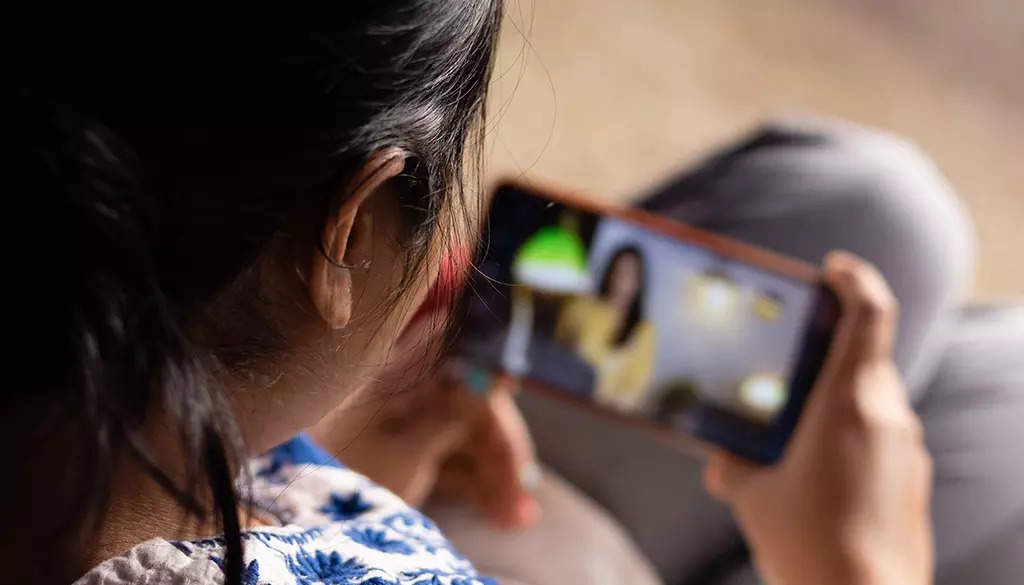
The portrayal of violence in media can have lasting effects, particularly on younger audiences. It is crucial to be mindful of the impact such content can have and to seek help if needed. As the CBFC becomes more liberal, it is also important for viewers and parents to take responsibility for their media consumption and to be aware of the potential mental health implications.
Final Thoughts
The rise of gory content in Indian cinema reflects a broader shift towards realism and audience sophistication. The CBFC's evolving role, the youth's fascination with violence, and the mental health implications of consuming such content all play a part in this trend. While it is essential to appreciate the creative freedom that allows filmmakers to explore darker themes, it is equally important to remain aware of the potential impact on viewers' mental health. As the boundaries of storytelling continue to expand, finding a balance between artistic expression and audience well-being will be crucial for the future of Indian cinema.
Inputs by Agencies
Image Source: Multiple Sources
Ⓒ Copyright 2024. All Rights Reserved Powered by Vygr Media.

